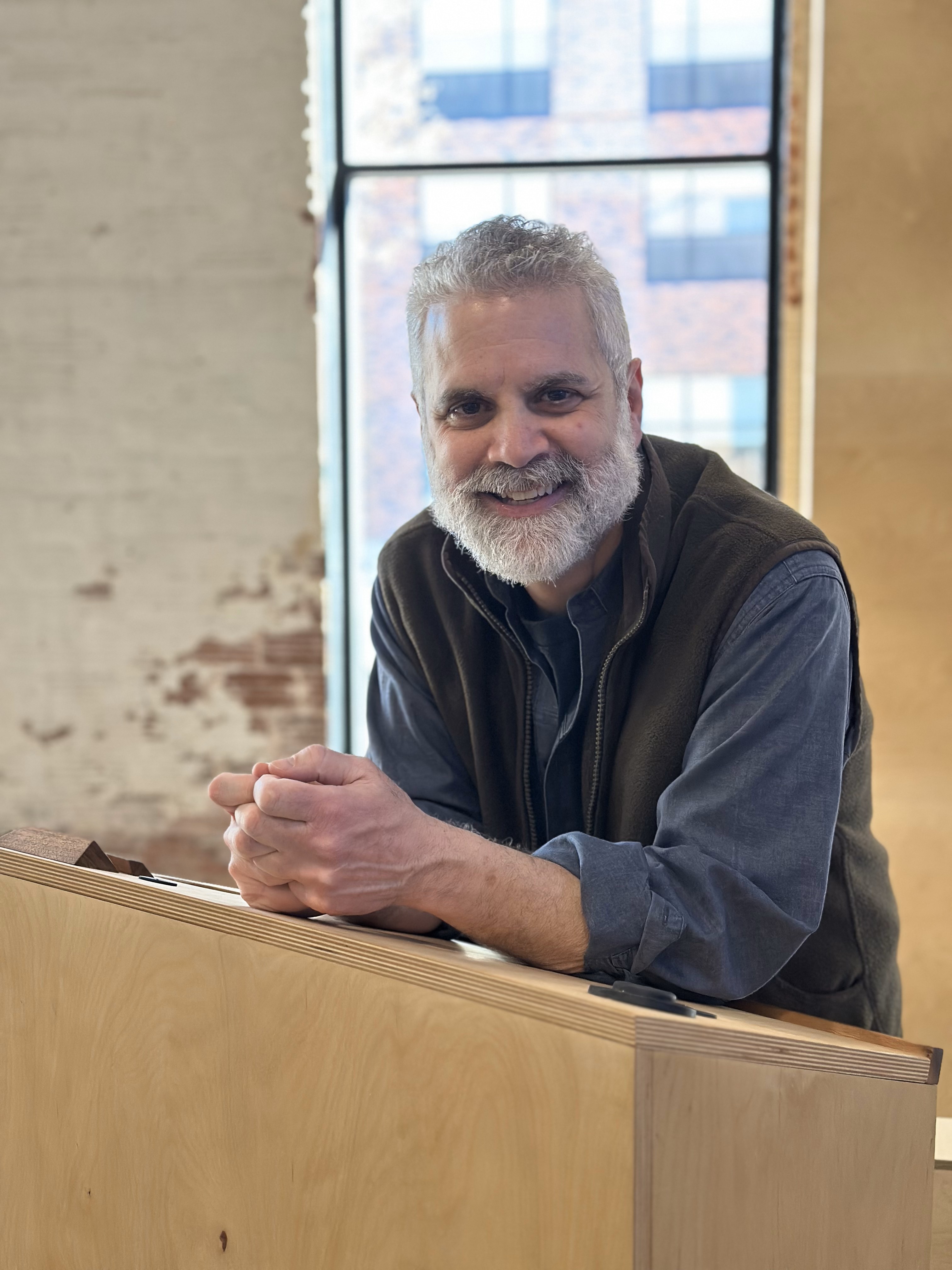
When Strengths Collide: The Hidden Friction in Teams.
Every team is built on a mix of themes of talent. When those themes are aligned, collaboration feels effortless. Ideas flow, decisions come easily, and progress accelerates. But when they clash, even the most capable teams can experience tension. These moments of friction are often misunderstood. They are not signs of dysfunction but indicators that powerful themes are colliding without alignment.
Positive Leadership views this not as a problem to eliminate but as an opportunity to engage. Friction reveals contrast, the space between how individuals operate and what the team needs to achieve. Understanding and managing this contrast is key to building teams that thrive.
The Paradox of Themes and Strengths
Themes are not neutral. They represent patterns of thinking, feeling, and behaving that shape how we engage with the world. The same theme that creates value in one context can create conflict in another. A person who leads with the theme of Command brings clarity and confidence, but may overwhelm a teammate with Harmony, who values consensus. Someone strong in Analytical thinking may frustrate a colleague with Activator who wants to move quickly. These differences are not flaws; they are variations in how people engage and contribute.
The paradox is that what makes themes powerful can also create imbalance. When individuals use their themes without awareness, they may unintentionally impose their preferences on others. What feels like efficiency to one person may feel like pressure to another. The goal is not to mute these themes but to align them so that each one serves the shared purpose.
Awareness as the First Step
The first step in addressing friction is awareness. Teams must understand the composition of their collective themes and how those themes interact. Awareness allows members to anticipate where tension might arise and to interpret it constructively. Without awareness, conflict feels personal rather than productive.
In the Talent2Strength approach, awareness moves beyond individual insight. It becomes a shared language for understanding behavior. When teams can name their themes and discuss how they show up, they shift from frustration to curiosity. Instead of asking, “Why is this person so difficult?” they ask, “What theme is being expressed here, and how can we work with it?”
Alignment Through Purpose and Outcomes
Awareness alone is not enough. Teams must also align their themes and strengths toward a shared purpose and set of outcomes. In the Positive Leadership framework, alignment connects purpose, outcomes, and methods. When themes and strengths are directed toward a common goal, they complement rather than compete with each other.
For example, consider a project that requires both creativity and precision. A teammate who leads with the theme of Ideation can generate possibilities, while another with Discipline ensures execution. Without alignment, their interaction could feel like conflict—one pushing for new ideas, the other for structure. But when both understand how their themes contribute to a shared outcome, tension becomes productive balance.
Alignment allows teams to value differences as a source of strength rather than friction. It channels diversity of thought into progress.
Managing Contrast, Not Eliminating It
In thriving teams, contrast is managed, not erased. Contrast provides the creative tension that drives innovation. Leaders play a vital role in helping teams navigate this tension by framing it as a natural part of collaboration rather than a threat.
When friction arises, leaders can use the POM model (Purpose, Outcomes, and Methods) to refocus the group. Purpose reminds the team why they are here. Outcomes clarify what thriving looks like. Methods determine how to get there. By anchoring conflict in purpose, leaders help transform emotion into alignment.
This process requires emotional intelligence. Leaders must recognize when tension stems from unspoken needs or miscommunication. They can then guide the team to explore differences without judgment. Over time, this builds trust and strengthens collaboration.
Turning Friction into Progress
Teams that understand how to work through friction rooted in themes of talent develop resilience. They learn to use tension as feedback, identifying where methods need adjustment or communication needs clarity. Each point of friction becomes an opportunity to refine how the team functions.
Friction is not the opposite of harmony. It is part of growth. When managed well, it generates movement, energy, and creativity. It helps teams find balance between competing needs such as speed and accuracy, creativity and discipline, independence and collaboration.
Thriving Teams Are Aware and Aligned
Thriving teams are not those without conflict but those that use it well. They are aware of their themes of talent, aligned in their goals, and engaged in continuous reflection. They understand that the goal is not to avoid friction but to navigate it in ways that produce progress.
In Positive Leadership, thriving comes from the intelligent use of resources. Themes and strengths are two of those resources, and when used wisely, they create momentum rather than division. Awareness turns potential conflict into connection. Alignment turns energy into progress. The friction that once felt uncomfortable becomes the very force that moves the team forward.
